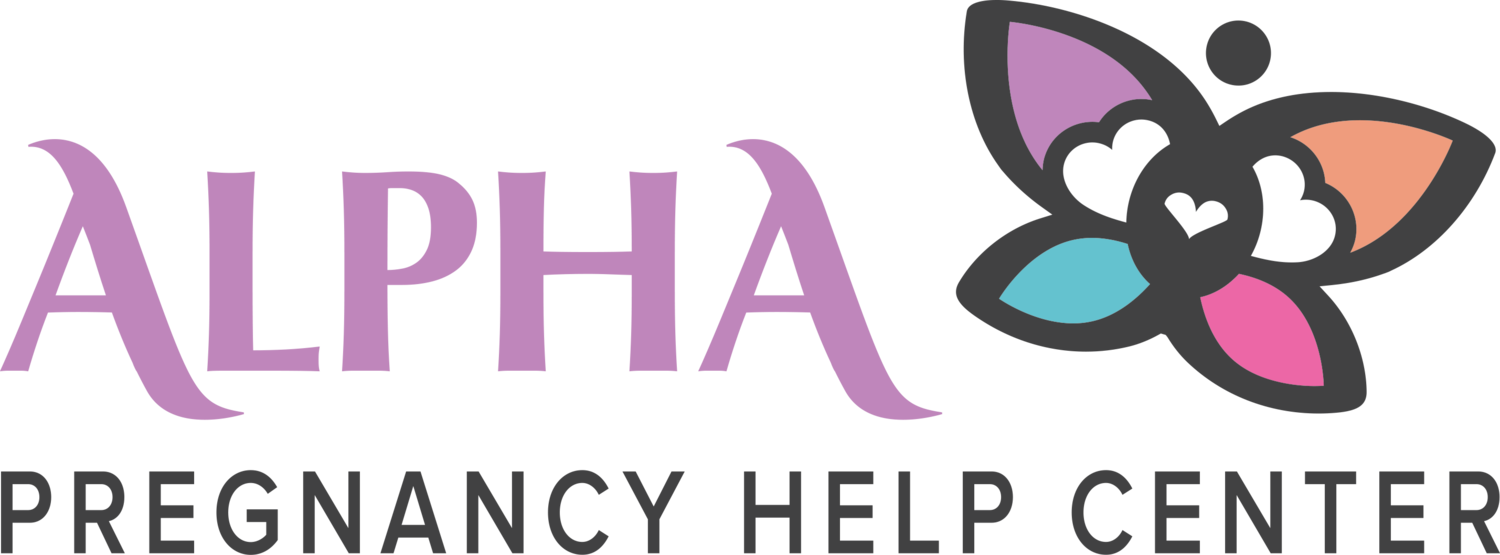Abortion Education
Types of Abortion
Abortion Pill and Mifepristone
Approximately 4-10 weeks after the start of their last menstrual period (LMP)
This drug is only approved for women up to the 70th day after the start of their last menstrual period. On day one: 200 mg of Mifeprex is taken by mouth. 24 to 48 hours after taking Mifeprex 800 mcg of misoprostol is taken. About seven to fourteen days after taking Mifeprex: follow up with the healthcare provider to make sure the abortion is complete and to check for complications. The abortion pill will not work in the case of an ectopic pregnancy. An ectopic pregnancy is a potentially life-threatening condition in which the embryo lodges outside of the uterus, usually in the fallopian tube. If not diagnosed early, the tube may burst, causing internal bleeding and in some cases, the death of the woman.
If you have taken the first dose of the abortion pill, mifepristone (Mifeprex or RU-486) and wish to reverse the effects of the abortion pill, please go to AbortionPillReversal.com
Manual Vacuum Aspiration
Approximately 7 weeks after LMP
This surgical abortion is done early in the pregnancy, up until 7 weeks after the woman's last menstrual period. A long, thin tube is inserted into the uterus. A large syringe is attached to the tube and the embryo is suctioned out.
Suction Curettage
Approximately 6 to 14 weeks after LMP
This is the most common surgical abortion procedure. Because the fetus is larger, the doctor must first stretch open the cervix using metal rods. Opening the cervix may be painful, so local or general anesthesia is typically needed. After the cervix is stretched open, the doctor inserts a hard plastic tube into the uterus, and then connects this tube to a suction machine. The suction pulls the fetus' body apart and out of the uterus. The doctor may also use a loop-shaped knife called a curette to scrape the fetus and fetal parts out of the uterus (the doctor may refer to the fetus and fetal parts as the "products of conception").
Dilation and Evacuation (D&E)
Approximately 13 to 24 weeks after LMP
This surgical abortion is done during the second trimester of pregnancy. At this point in the pregnancy, the fetus is too large to be broken up by suction alone and will not pass through the suction tubing. In this procedure, the cervix must be opened wider than in a first trimester abortion. This is done by inserting numerous thin rods made of seaweed (called laminaria) a day or two before the abortion. Once the cervix is stretched open the doctor pulls out the fetal parts with forceps. The fetus' skull is crushed to ease removal. A sharp tool (called a curette) is also used to scrape out the contents of the uterus, removing any remaining tissue.
Late Term Abortions
Approximately 20 weeks after LMP to full-term
These procedures typically take place over 3 days, use local anesthesia and are associated with increased risk to the life and health of the mother. On the first day, under ultrasound guidance, the fetal heart is injected with a medication that stops the heart and causes the fetus to die. Also over the first two days, the cervix is gradually stretched open using laminaria. On the third day, the amniotic sac is burst and drained. The remainder of the procedure is similar to the D&E procedure described earlier. An alternative procedure involves inducing labor.
Deciding to Parent
Even the most experienced parents had to start somewhere. Choosing to raise your child yourself is not out of the question. You may feel like you don’t have the abilities to raise a child, but there’s help available to you. With the support of caring people, parenting classes and other resources, you’ll find the help you need to make this choice.
Have you considered adoption? It may be the best choice for you and your baby. You’re not alone. Each year, over 50,000 women in America make this choice. We can help you think through all your options.
(209) 383-4700
info@alphaphc.com
If you’re thinking about abortion, please call us before you make a final choice. We’re here to help you sort through all of your questions and concerns.
Our Clinic offers peer counseling by trained Client Advocates, medical services by Licensed RNs, and accurate information about all pregnancy options. This clinic does not provide or refer for abortion services.
